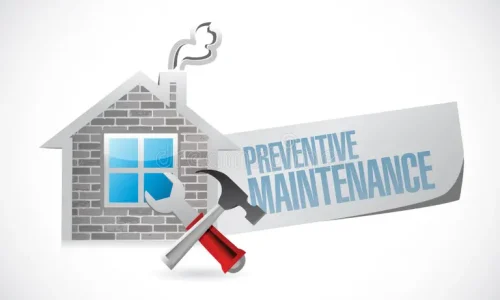In the fast-paced world of business and industry, one key element often overlooked is preventive maintenance. It’s easy to get caught up in the daily operations and overlook the health of the equipment that keeps everything running smoothly. However, neglecting preventive maintenance can lead to costly downtime, reduced productivity, and even safety hazards. Let’s delve into why preventive maintenance is crucial and how it can benefit your business.
Understanding Preventive Maintenance
Preventive maintenance involves regularly inspecting, servicing, and repairing equipment to ensure it operates efficiently and reliably. This proactive approach aims to identify and address potential issues before they escalate into major problems. By conducting routine maintenance tasks such as lubrication, calibration, and inspections, businesses can extend the lifespan of their equipment and minimize unexpected breakdowns.
Benefits of Preventive Maintenance
1. Minimized Downtime: Perhaps the most immediate benefit of preventive maintenance is reduced downtime. When equipment is regularly serviced and kept in optimal condition, the chances of unexpected failures and disruptions are significantly lowered. This translates to smoother operations and higher productivity levels.
2. Cost Savings: While investing time and resources in preventive maintenance may seem like an additional expense, it leads to long-term cost savings. Repairing a minor issue during routine maintenance is far more economical than dealing with a major breakdown that requires extensive repairs or equipment replacement.
3. Extended Equipment Lifespan: Well-maintained equipment tends to last longer. By addressing wear and tear proactively, you can maximize the lifespan of your machinery, vehicles, or other assets. This not only saves money but also reduces the frequency of new equipment purchases.
4. Improved Safety: Regular maintenance helps identify and rectify safety hazards before they pose a risk to employees or property. Malfunctioning equipment can lead to accidents, injuries, or even fires. Preventive maintenance ensures that equipment operates safely, protecting both personnel and assets.
5. Enhanced Efficiency: Properly maintained equipment operates more efficiently. It consumes less energy, produces fewer emissions, and delivers consistent performance. This efficiency boost not only reduces operational costs but also contributes to environmental sustainability.
Implementing an Effective Preventive Maintenance Programme
To reap the full benefits of preventive maintenance, businesses should establish a structured program tailored to their specific equipment and operational needs.
Here are key steps to creating an effective preventive maintenance program:
1. Equipment Assessment: Begin by identifying all critical equipment that requires regular maintenance. Conduct thorough inspections to assess the current condition and performance of each asset.
2. Develop Maintenance Plans: Based on equipment assessments, create detailed maintenance schedules outlining tasks, frequencies, and responsible personnel. Consider factors such as manufacturer recommendations, usage patterns, and environmental conditions.
3. Allocate Resources: Ensure adequate resources, including tools, spare parts, and trained personnel, are available to execute maintenance tasks effectively. Invest in training programs to enhance staff skills and knowledge.
4. Regular Monitoring and Feedback: Continuously monitor equipment performance, track maintenance activities, and gather feedback from maintenance teams. Use data analytics to identify trends, optimize maintenance schedules, and make data-driven decisions.
6. Continuous Improvement: Regularly review and update the preventive maintenance program based on feedback, industry best practices, and evolving equipment needs. Foster a culture of continuous improvement and proactive maintenance within the organization.
Conclusion
In conclusion, preventive maintenance is a fundamental aspect of efficient and sustainable business operations. By prioritizing regular inspections, servicing, and repairs, businesses can minimize downtime, reduce costs, enhance safety, and prolong the lifespan of their equipment. Implementing an effective preventive maintenance program requires careful planning, resource allocation, and ongoing monitoring. Embracing preventive maintenance not only preserves the health of your equipment but also strengthens the foundation of your business for long-term success.





